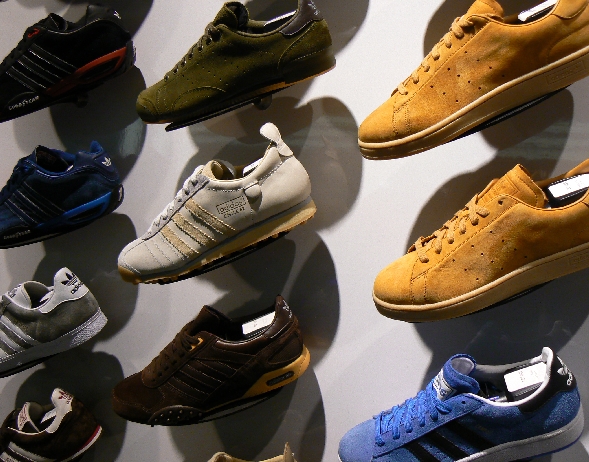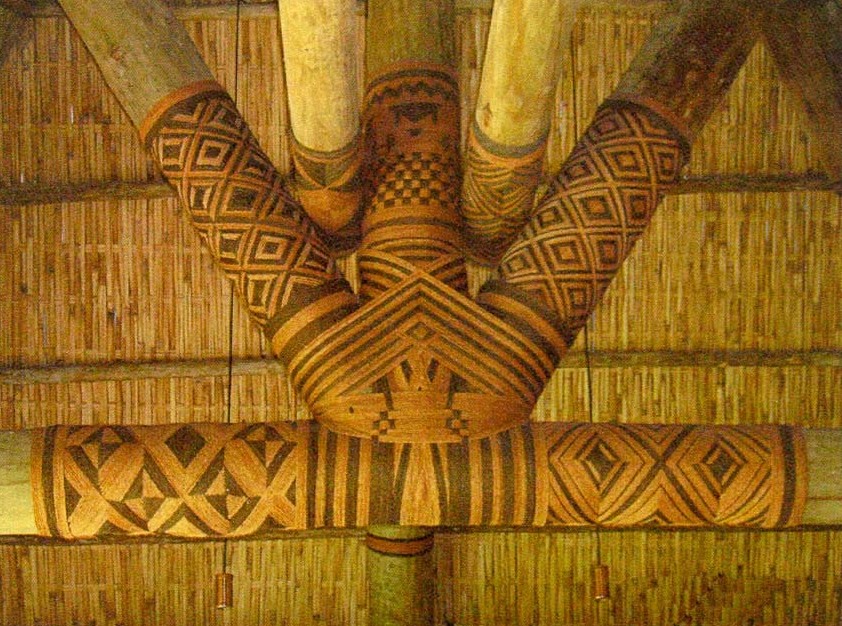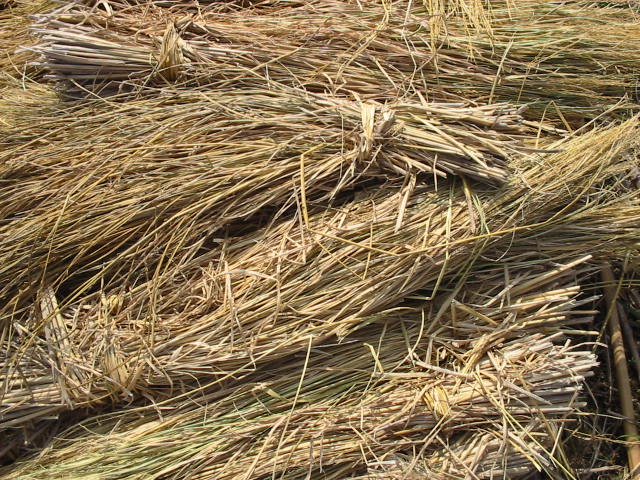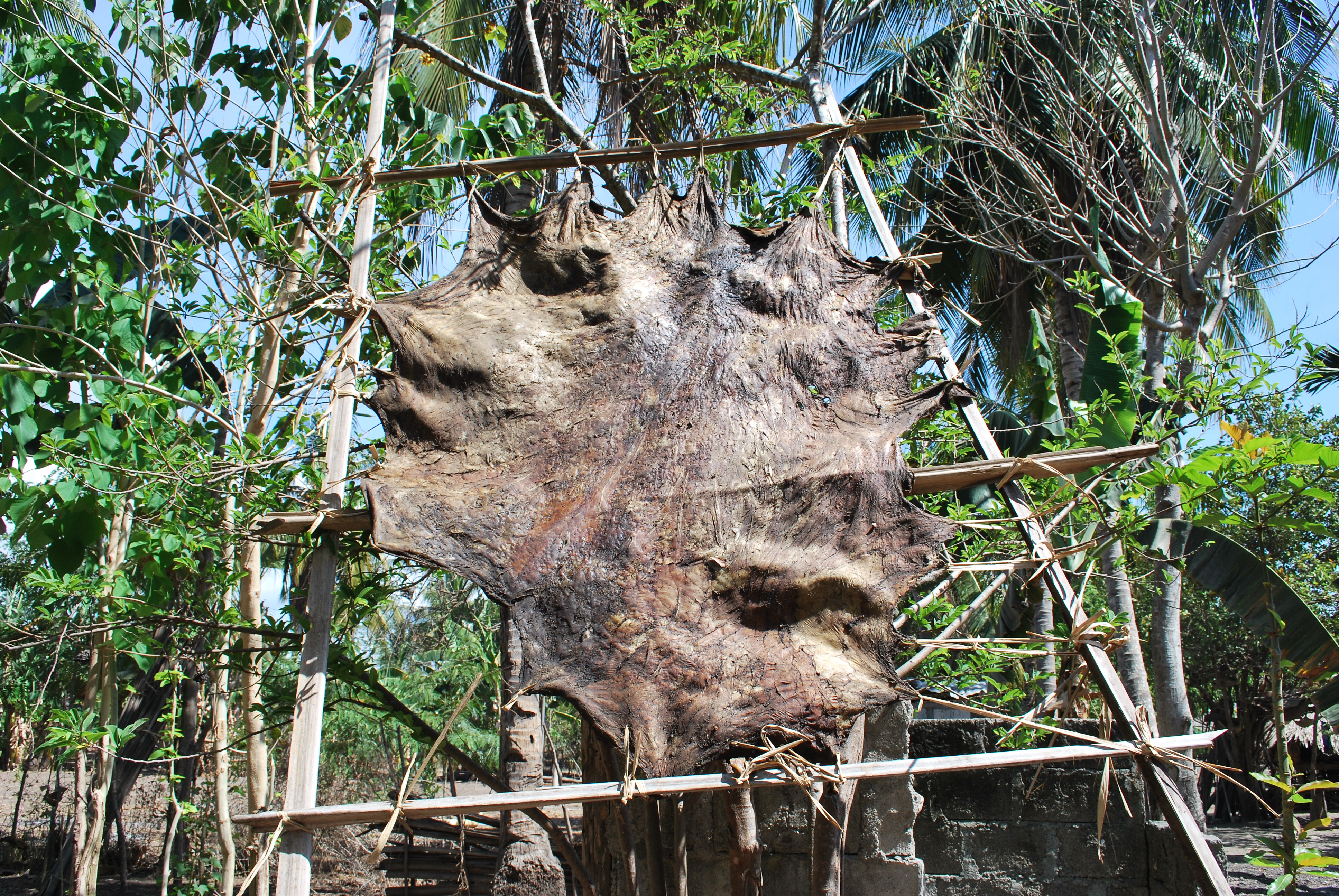|
Rope-soled Shoe
Rope-soled shoes have sole (shoe), soles (and possibly other parts) made from rope or rope fibres. They were formerly a cheap, disposable, hand-made item. However, the widely made espadrille comes in many styles and can include expensive fashion items. Espadrille Espadrilles are traditional rope-soled shoes originating in the Basque Country (greater region), Basque Country, Catalonia and Aragon regions of Spain. They typically have a sandal-like form with woven straps or else a canvas upper. They were originally made from woven esparto (hence the name), but modern mass-produced shoes are more commonly made from the cheaper jute, giving the modern shoe a distinctive colour that is lighter than esparto. Espadrilles are now made in many countries, including Spain, France, Italy, and many South American countries. Manufacturers also import pre-made rope soles from Bangladesh, a major exporter of jute, with the finishing and styling taking place in the importing country. Bast ... [...More Info...] [...Related Items...] OR: [Wikipedia] [Google] [Baidu] |
Lob Lapti-2
Lob may refer to: Sports * Lob (pickleball) * Lob (tennis) * Lob (association football), a lofted pass or shot in association football * Lob bowling, an archaic bowling style in cricket People * Lob Brown, American college football player * Löb Nevakhovich (between 1776 and 1778–1831), Russian writer * Löb Strauß, birth name of Levi Strauss (1829–1902), German-born American businessman * Eliezer Löb (1837–1892), German rabbi * Jacques Lob (1932–1990), French comic book creator * Leopold Löb, birth name of Leopold Einstein (1833–1890), German esperantist * Martin Löb (1921–2006), German mathematician Other uses * Lob (haircut) * Lob bomb, a rocket-fired improvised explosive device * Lobi language (ISO 639-3: lob), a Gur language of western Africa * Lob, in folklore, a type of brownie * ''Lob'', a poem by Edward Thomas See also * LOB (other) * Löb (other) * Lobb (other) Lobb is a surname of English people, English origin. P ... [...More Info...] [...Related Items...] OR: [Wikipedia] [Google] [Baidu] |
Sandals
Sandals are an open type of shoe, consisting of a Sole (shoe), sole held to the wearer's foot by straps going over the instep and around the ankle. Sandals can also have a heel. While the distinction between sandals and other types of footwear can sometimes be blurry (as in the case of ''Huarache (shoe), huaraches''—the woven leather footwear seen in Mexico, and peep-toe pumps), the common understanding is that a sandal leaves all or most of the foot exposed. People may choose to wear sandals for several reasons, among them comfort in warm weather, economy (sandals tend to require less material than shoes and are usually easier to construct), and as a fashion choice. Usually, people wear sandals in warmer climates or during warmer parts of the year in order to keep their feet cool and dry. The risk of developing athlete's foot is lower than with enclosed shoes, and the wearing of sandals may be part of the Therapy, treatment regimen for such an infection. Name The English la ... [...More Info...] [...Related Items...] OR: [Wikipedia] [Google] [Baidu] |
Shoes
A shoe is an item of footwear intended to protect and comfort the human foot. Though the human foot can adapt to varied terrains and climate conditions, it is vulnerable, and shoes provide protection. Form was originally tied to function, but over time, shoes also became fashion items. Some shoes are worn as safety equipment, such as Steel-toe boot, steel-toe boots, which are required footwear at industrial worksites. Additionally, shoes have often evolved into many different designs; High-heeled shoe, high heels, for instance, are most commonly worn by women during fancy occasions. Contemporary footwear varies vastly in style, complexity and cost. Basic sandals may consist of only a thin sole (shoe), sole and simple strap and be sold for a low cost. High fashion shoes made by famous Fashion design, designers may be made of expensive materials, use complex construction and sell for large sums of money. Some shoes are designed for specific purposes, such as boots designed specif ... [...More Info...] [...Related Items...] OR: [Wikipedia] [Google] [Baidu] |
List Of Shoe Styles
This is a list of shoe styles and designs. A shoe is an item of footwear intended to protect and comfort the human foot while doing various activities. Shoes are also used as an item of decoration. The design of shoes has varied enormously through time and from culture to culture, with appearance originally being tied to function. Additionally, fashion has often dictated many design elements, such as whether shoes have very high heels or flat ones. Contemporary footwear varies widely in style, complexity and cost. Shoemaking is the process of making footwear. Originally, shoes were made one at a time by hand. Traditional handicraft shoemaking has now been largely superseded in Quantity, volume of shoes produced by industrial mass production of footwear, but not necessarily in Quality (business), quality, attention to detail, or Artisan, craftsmanship. Shoe styles Shoe designers have described a very large number of shoe styles, including the following: * Abaca slippers * * * ... [...More Info...] [...Related Items...] OR: [Wikipedia] [Google] [Baidu] |
Sennit
Sennit is a type of cordage made by plaiting rope fibres or strands of dried fibre or grass. In western European nautical traditions, it was used to make flat plaited straps for use aboard ship. It can be used ornamentally in crafts, like a kind of macramé, or to make straw hats. Sennit is an important material in the cultures of Oceania, where it is used in traditional architecture, boat building, fishing and as an ornamentation. Oceania Tonga Sennit in Tonga is called ''kafa.'' Fiji The Fijian term used is '' magimagi'', a craft product of the Fiji Islands. Hawai'i The term is also used in Hawaii and throughout Polynesia for cordage made by braiding the fibers of coconut husks. It was important in attaching the '' ama'' (outrigger float) via the '' iako'' (spars) to the hull of canoes, stones to war-club handles, erecting ''hale'' (houses), etc. Samoa In the Samoan language, sennit is called ''afa''. It was used as cordage in the construction of traditional Samoan ar ... [...More Info...] [...Related Items...] OR: [Wikipedia] [Google] [Baidu] |
Rice Straw
Straw is an agricultural byproduct consisting of the dry wikt:stalk, stalks of cereal plants after the grain and chaff have been removed. It makes up about half of the crop yield, yield by weight of cereal crops such as barley, oats, rice, rye and wheat. It has a number of different uses, including fuel, livestock bedding and fodder, thatching and basket making. Straw is usually gathered and stored in a straw bale, which is a wikt:bale, bale, or bundle, of straw tightly bound with twine, wire, or string. Straw bales may be square, rectangular, star shaped or round, and can be very large, depending on the type of baler used. Uses Current and historic uses of straw include: Animal feed Straw may be fed as part of the roughage component of the diet to cattle or horses that are on a near maintenance level of energy requirement. It has a low digestible energy and nutrient content (as opposed to hay, which is much more nutritious). The heat generated when microorganisms in a h ... [...More Info...] [...Related Items...] OR: [Wikipedia] [Google] [Baidu] |
Waraji
() are light tie-on sandals, made from ropemaking fibers (usually straw), that were the standard footwear of the common people in Japan. Use resemble other forms of traditional Japanese footwear, such as zori and geta, with a few key differences. They were historically the simplest form of outdoor footwear (sandals of any type were not worn indoors). , due to their cheap and rustic nature, are considered to be a very informal type of footwear, and are not worn with formal kimono. They are typically worn with socks, and are woven so that the wearer's toes generally protrude slightly over the edge of the shoe. were once common footwear in Japan. There are records of in the Heian period (794–1185 CE), with the possibility of having existed before this time. In the Edo period (1603–1867 CE), geta were worn in cities, but anyone making a long journey wore . (sponsored article) They were also worn for energetic or prolonged labour. Their light weight and grip were va ... [...More Info...] [...Related Items...] OR: [Wikipedia] [Google] [Baidu] |
Jidai Matsuri 2009 466 , a Japanese dramatic genre.
{{disambig ...
is the Japanese word for ''era'' and can refer to: * Jidai (Arashi song) * Jidai (Miyuki Nakajima song) * Jidaimono, a Japanese dramatic genre; * Jidaigeki is a genre of film, television, and theatre in Japan. Literally meaning "historical drama, period dramas", it refers to stories that take place before the Meiji Restoration of 1868. ''Jidaigeki'' show the lives of the samurai, farmers, crafts ... [...More Info...] [...Related Items...] OR: [Wikipedia] [Google] [Baidu] |
Leather
Leather is a strong, flexible and durable material obtained from the tanning (leather), tanning, or chemical treatment, of animal skins and hides to prevent decay. The most common leathers come from cattle, sheep, goats, equine animals, buffalo, pigs and hogs, ostriches, and aquatic animals such as seals and alligators. Leather can be used to make a variety of items, including clothing, footwear, handbags, furniture, tools and sports equipment, and lasts for decades. Leather making has been practiced for more than 7,000 years and the leading producers of leather today are China and India. Critics of tanneries claim that they engage in unsustainable practices that pose health hazards to the people and the environment near them. Production processes The leather manufacturing process is divided into three fundamental subprocesses: preparatory stages, tanning, and crusting. A further subprocess, finishing, can be added into the leather process sequence, but not all leathers ... [...More Info...] [...Related Items...] OR: [Wikipedia] [Google] [Baidu] |
Taiga
Taiga or tayga ( ; , ), also known as boreal forest or snow forest, is a biome characterized by coniferous forests consisting mostly of pines, spruces, and larches. The taiga, or boreal forest, is the world's largest land biome. In North America, it covers most of inland Canada, Alaska, and parts of the northern contiguous United States. In Eurasia, it covers most of Sweden, Finland, much of Russia from Karelia in the west to the Pacific Ocean (including much of Siberia), much of Norway and Estonia, some of the Scottish Highlands, some lowland/coastal areas of Iceland, and areas of northern Kazakhstan, northern Mongolia, and northern Japan (on the island of Hokkaido). The principal tree species, depending on the length of the growing season and summer temperatures, vary across the world. The taiga of North America is mostly spruce; Scandinavian and Finnish taiga consists of a mix of spruce, pines and birch; Russian taiga has spruces, pines and larches depending on the reg ... [...More Info...] [...Related Items...] OR: [Wikipedia] [Google] [Baidu] |
Bast Fibre
Bast fibre (also called phloem fibre or skin fibre) is plant fibre collected from the phloem (the "inner bark", sometimes called "skin") or bast surrounding the stem of certain dicotyledonous plants. Some of the economically important bast fibres are obtained from herbs cultivated in agriculture, for instance flax, hemp, or ramie, but bast fibres from wild plants, such as stinging nettle, and trees such as Tilia, lime or linden, willow, oak, wisteria, and mulberry have also been used. Bast fibres are soft and flexible, as opposed to leaf fibres from monocotyledonous plants, which are hard and stiff. Since the valuable fibres are located in the phloem, they must often be separated from the woody core, the xylem, and sometimes also from the epidermis (botany), epidermis. The process for this is retting, and can be performed by micro-organisms either on land (nowadays the most important) or in water, or by chemicals (for instance high pH and chelating agents), or by pectinolytic enz ... [...More Info...] [...Related Items...] OR: [Wikipedia] [Google] [Baidu] |









